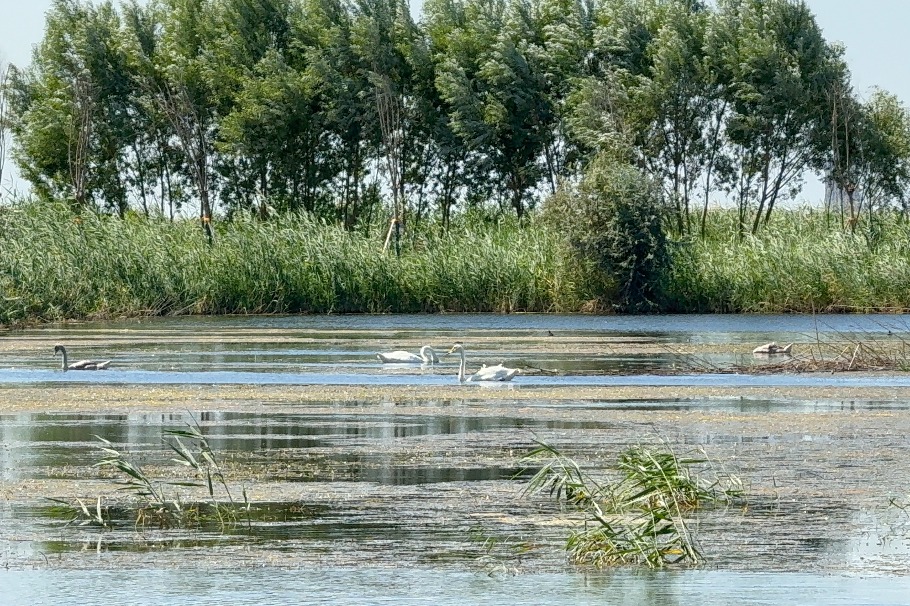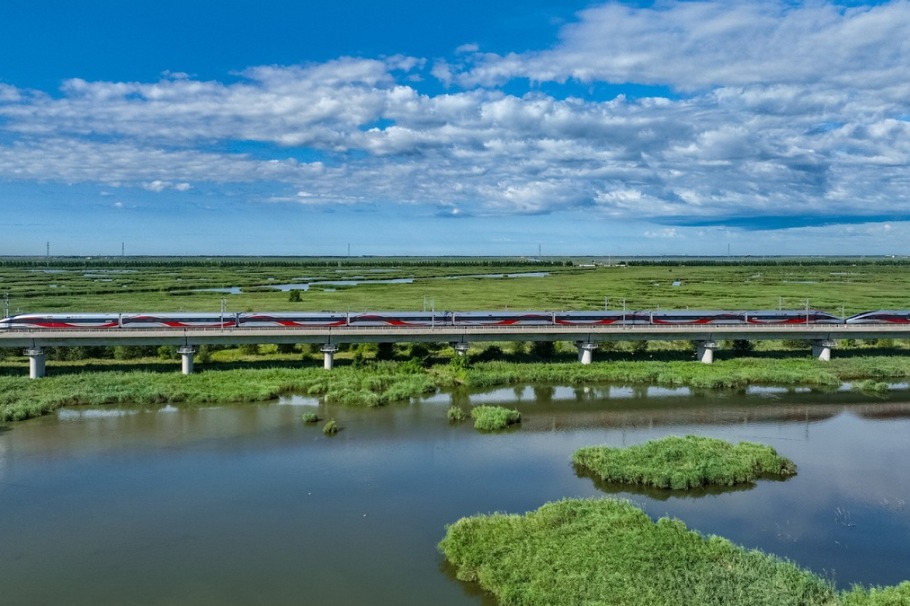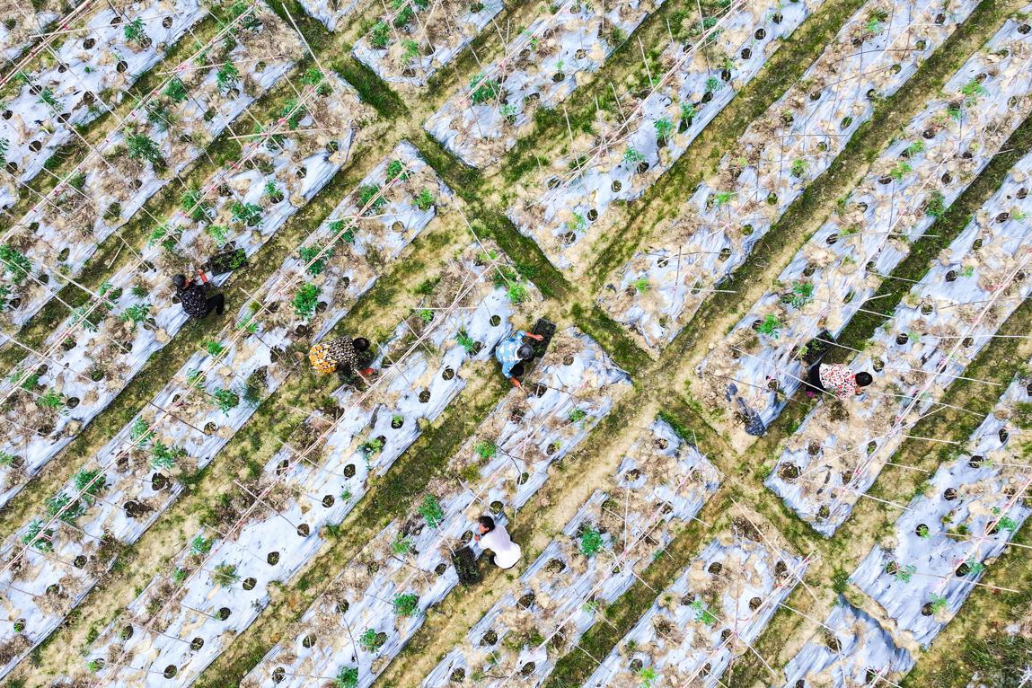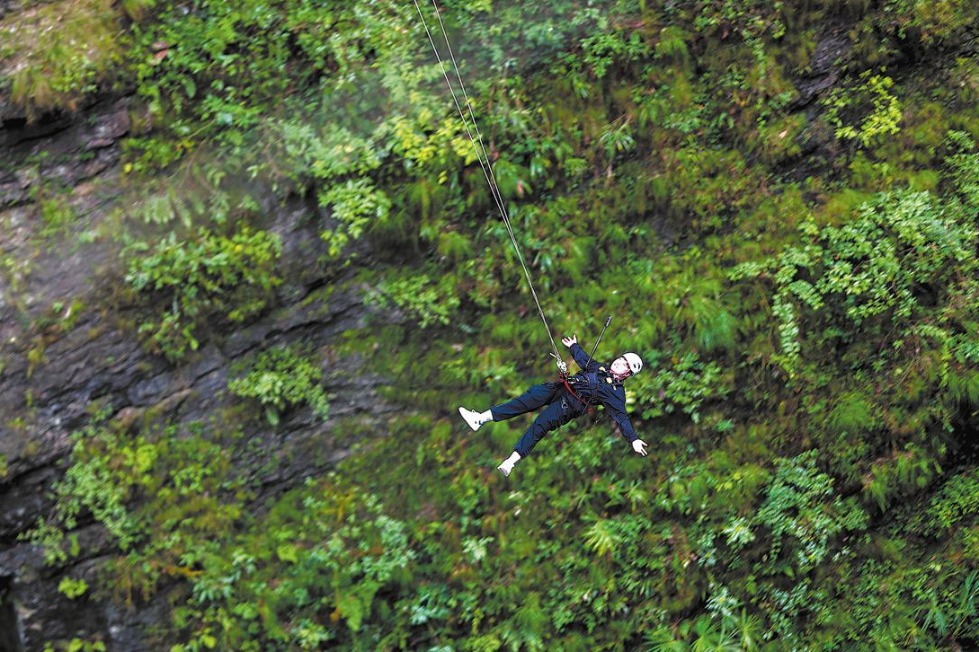Growing tall
At a time of global climate crisis and overpopulation, vertical farming technologies are offering hope of greater food security and sustainability. Vasavi Seethepalli reports.

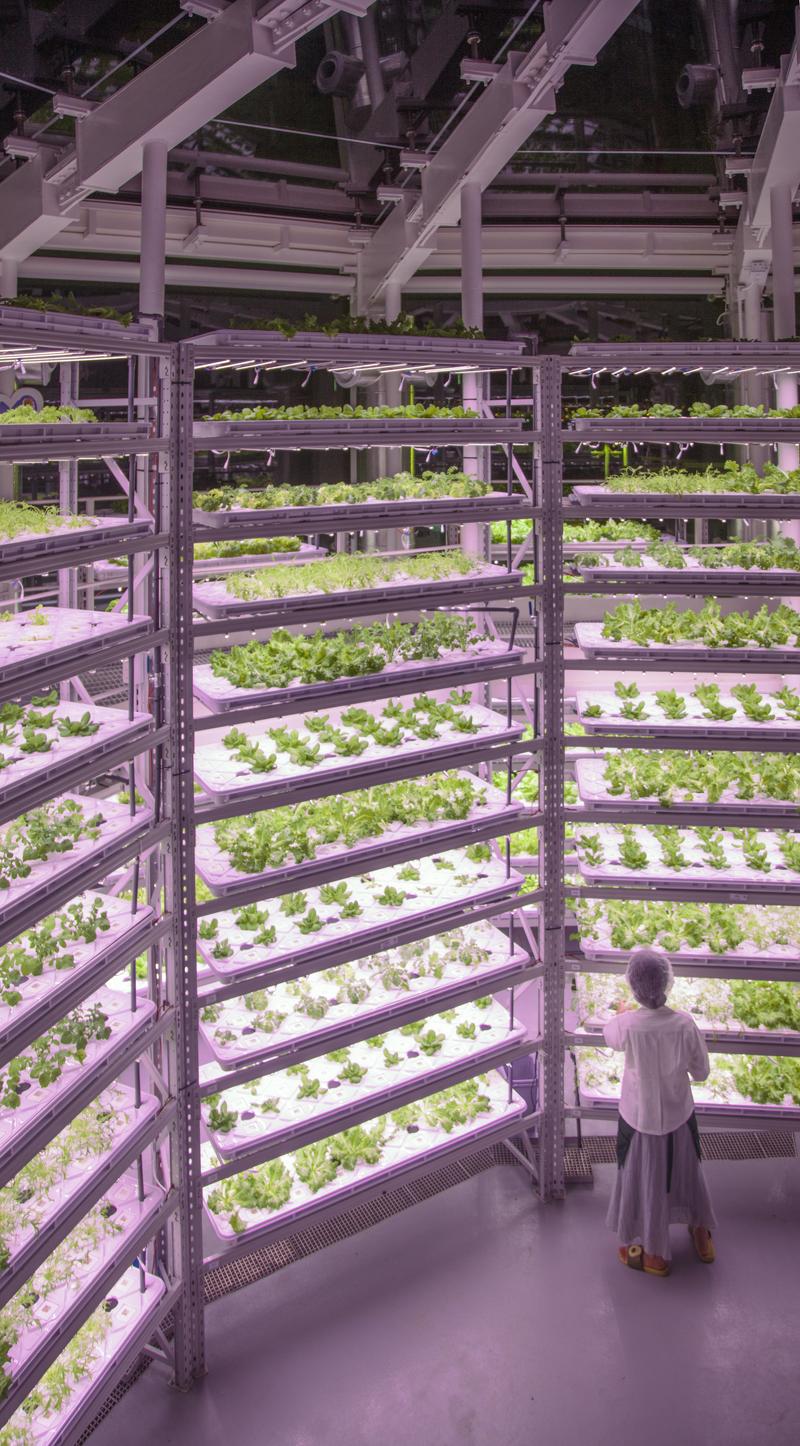
Urban secrets
The global vertical farming industry is expected to grow to $9.7 billion by 2026, from $3.1 billion in 2021. Benefits include the ability to mass produce crops, potentially year-round, using fewer resources and causing a reduced environmental impact. Without the need for soil or chemicals, vertical farms are insulated from seasonal weather by HVAC (heating, ventilation and air-conditioning) technologies. Optimal growth is ensured by controlling temperature, humidity and carbon dioxide concentration.
K-Farm in Kennedy Town is into hydroponics (growing plants in a nutrient solution rather than soil), aquaponics (combining aquaculture, or the growing of fish, with hydroponics) and organic farming. The farm's co-founder, architect Vicky Chan, describes it as "an experiment to produce leafy greens in a controlled environment", adding that the technologies involved have proven effective. According to Hong Kong's Agriculture, Fisheries and Conservation Department, since 2016 - the year the government's New Agriculture Policy was implemented - nearly 50 hydroponic farms have sprung up around the city. Around half of them practice vertical farming.
At the entrance, glass panels fitted with fans guard against insects and bacteria. The temperature inside is noticeably cool. Neatly stacked trays on tall metal shelves hold plants photosynthesizing under LED lights. K-Farm grows various leafy greens as well as strawberries and tomatoes.
Red and blue lights are deployed at different stages to optimize growth and regulate the timing of flowering. Chan describes the system as "a loop that allows water to cycle and plants to be monitored by sensors".
He adds that K-Farm was founded with a view to spreading awareness of sustainable vertical farming methods. "Whether it's financially viable and sustainable will depend on the species, scale and location. Only certain species that (otherwise) require huge food miles will currently make financial and sustainable sense."
- Macao SAR chief executive explores tech cooperation during visit to Zhejiang
- Agritourism, sports, entertainment boosts income in rural Xinjiang
- Host city of 2025 World Games unfolds new vitality in opening wider to globe
- Mangshan's misty peaks enchant visitors
- China warns against escalating tensions on Taiwan question
- Book on Xi's views on strengthening, revitalizing armed forces published

















